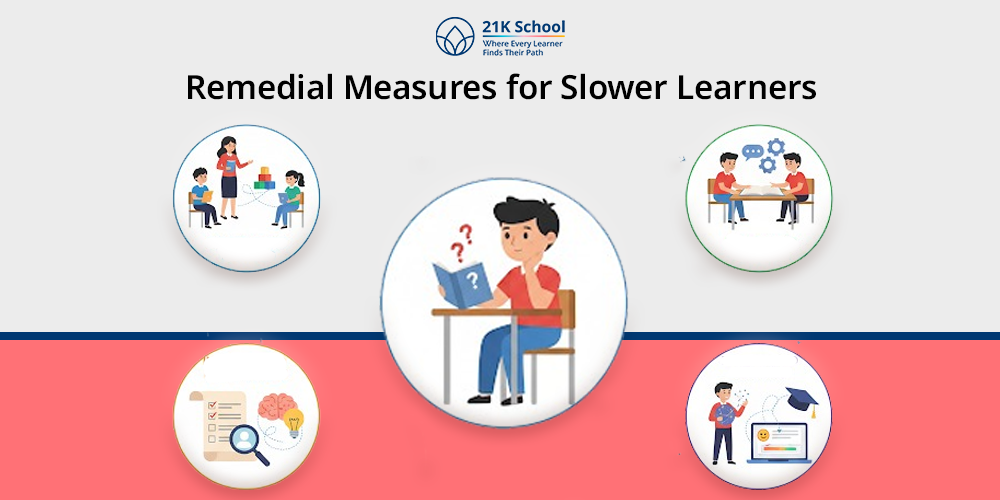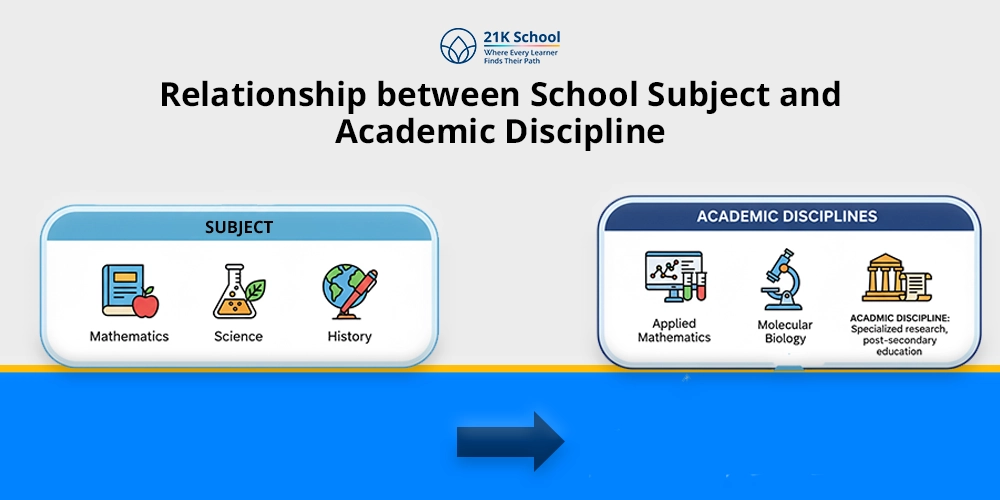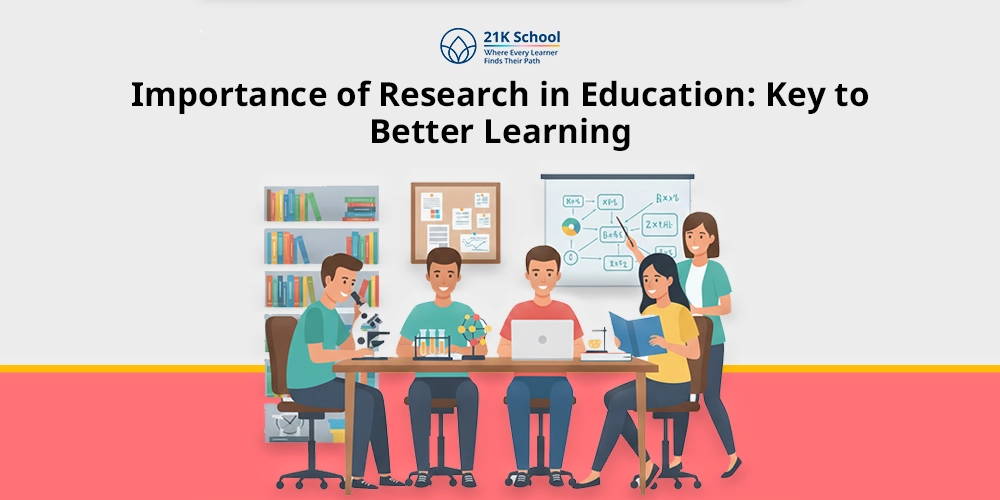
The different remedial measures ensure the best way of teaching slow learners . That way the Slow learners can study safely.
Slow learners have trouble learning due to their average learning abilities. Those are remedial teaching measures – peer to peer learning, practical knowledge , repetition, personalised learning etc.
Let’s dive deeper into remedial measures for slow learners in this write-up.
Contents
- 1 What are Remedial Measures for Slow Learners?
- 2 Slow Learner Remedial Measures: Top 14
- 2.1 1. Differentiated Learning
- 2.2 2. Peer-to-Peer Learning
- 2.3 3. Individualised Learning Plan
- 2.4 4. Personalised Learning
- 2.5 5. Implementing Technology
- 2.6 6. Practical Application
- 2.7 7. Multisensory Learning
- 2.8 8. Visual and Auditory Techniques
- 2.9 9. Activity-Based Learning
- 2.10 10. Repetition
- 2.11 11. Chunking and Scaffolding
- 2.12 12. Enrichment activities
- 2.13 13. Active Parental Involvement
- 2.14 14. Positive Learning Environment
- 3 Concluding Thoughts
What are Remedial Measures for Slow Learners?
Slow learners get special remedial measures. These learners are not intellectually disabled but need more time, attention and different ways of teaching academic concepts.
Maybe the best measure is individualised instruction – teaching methods are adapted to the student’s level of learning/pace.
All kinds of initiatives can be used for slow learners to help with learning . That way educators and parents may create conditions for slow learners to succeed.
Slow Learner Remedial Measures: Top 14
The top slow learner remedial measures are differentiated learning , peer-to-peer learning, individualised learning, and others like:
1. Differentiated Learning
Learn about different abilities, interests and learning styles of students. Instead of generalising instruction to everybody else, teachers tailor it to each child.
For slow learners this may mean simplifying language, changing assignments or other ways of teaching so the material is available. So all students learn the material meaningfully & successfully – at their own pace.
2. Peer-to-Peer Learning
Peer-to-peer learning happens when classmates learn together. So slow learners may do best with peers who can explain things clearly or walk them through tasks step by step.
Such learning builds community in the classroom and confidence in communication. So it also gives slow learner questions to ask & social interaction to learn too – less scary & more relatable.
3. Individualised Learning Plan
An ILP is a road map for someone who needs extra help with academics. So they are told where they stand academically – where they have to improve – and the way to do it.
For slower learners an ILP speeds instruction and teaches methods to meet their needs. They even set up monitoring of progress and changes so the student can continue to learn.
4. Personalised Learning
Personalised learning goes beyond classroom instruction and is about the learner’s interests, preferences and pace. For slow learners it gives students more control over learning.
Lessons are adjusted to their academic level and also to their interests so learning is fun. Knowing that all students learn differently leads to personalised learning.
Understand the top benefits of personalised learning .
5. Implementing Technology
Some technology makes lessons for slower learners more visual and interactive. Software / apps / multimedia – students go at their own pace / revisit lessons if needed.
Technology in education means you can learn by videos, games, voice recordings etc. Technology fills those gaps & makes difficult topics manageable/fun.
6. Practical Application
Things are remembered better by slow learners when they are applied in real life situations. By practice, we mean teaching in an everyday life context not an academic one.
Math in the shop or the kitchen teaches kids about real life outside of school, for instance. Hands on, experiential learning is also more enduring because it’s linked to experience.
7. Multisensory Learning
Learning happens simultaneously on all the visual, auditory and kinesthetic learning and tactile pathways. So that helps slow learners – it uses different ways of learning and it reinforces things across many senses.
Different senses help students remember information better. That makes learning fun , inclusive and effective.
8. Visual and Auditory Techniques
Slow learners can use visual and auditory tools. Diagrams, images, graphics and videos, and diagrams of information broken down are visual techniques. For auditory techniques spoken explanations or songs rhymes or recorded material reinforce learning.
Because information is presented differently it is less cognitively demanding to process/remember. Together, they teach you through visual learning and auditory methods.
9. Activity-Based Learning
Activities give slow learners exposure to real life. It replaces lectures by games, experiments, role-play, and practical tasks.
You learn creativity, problem solving & active participation – all very important for academic performance.
10. Repetition
Repetition helps to reinforce/retain memory – for example with slow learners who process information slowly.
Lessons, exercises & directions are repeated a few times for review.
11. Chunking and Scaffolding
Chunking and Scaffolding make slow learners learn faster. Simpler bits of information avoid cognitive overload, and help students process information.
So help is given at different stages of learning and then reduced as the learner becomes independent.
12. Enrichment activities
Enrichment activities give slow learners exposure to subjects not covered in the curriculum .
All these activities make people curious, creative and connected to the learning material. That gives them motivation, self-esteem and love of learning also.
13. Active Parental Involvement
The slow learners demand active parental involvement for managing their academic success and holistic development.
So, parents must support their children emotionally and create a highly structured home environment for school-based learning.
14. Positive Learning Environment
Slow learners need a good and positive learning environment . That means making students feel safe and accepted.
In such a setting you release anxiety and fear of failure and you build confidence. Little successes are celebrated by teachers – they are kind, patient and positive. Safe, respected students take risks, ask questions and stay in class.
Concluding Thoughts
Hence, it is easy to understand the best remedial measures for managing the slower learners.
However, the secret to the success of these remedial measures lies in the effective implementation of these measures based on the individual learner needs.
An important point here towards the end to note is that not every learner is a slow learner and you must go ahead for these remedies only after successful determination of these learners.
Read more to know how to identify slow learners
here.


